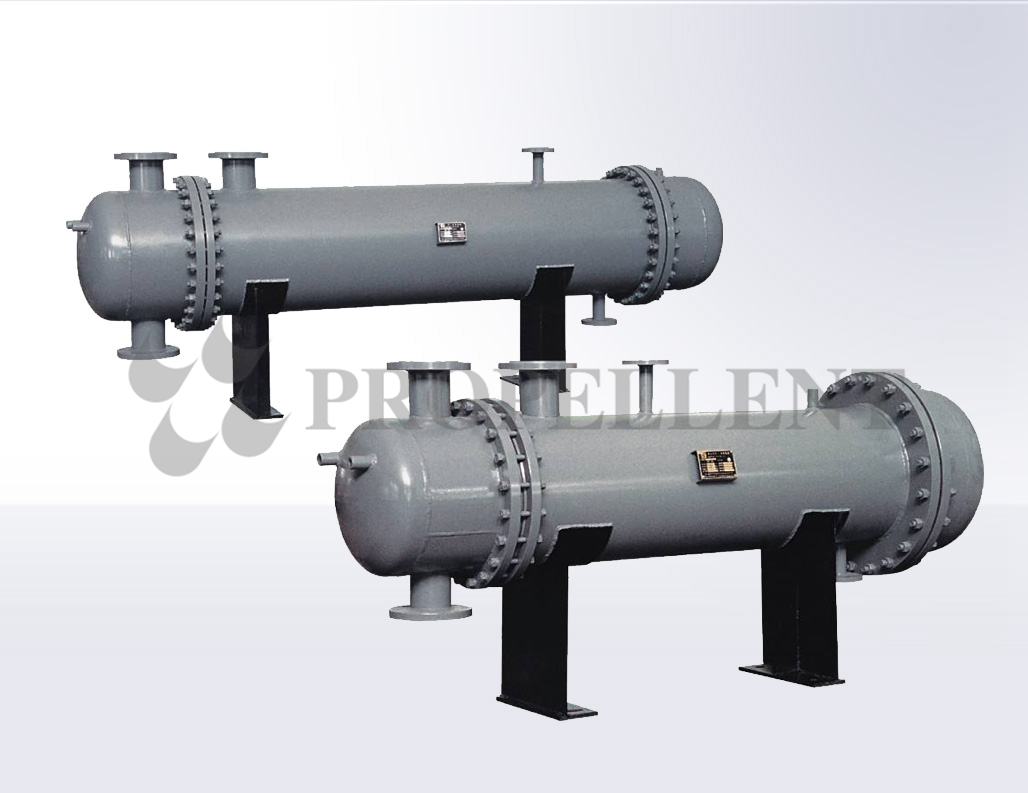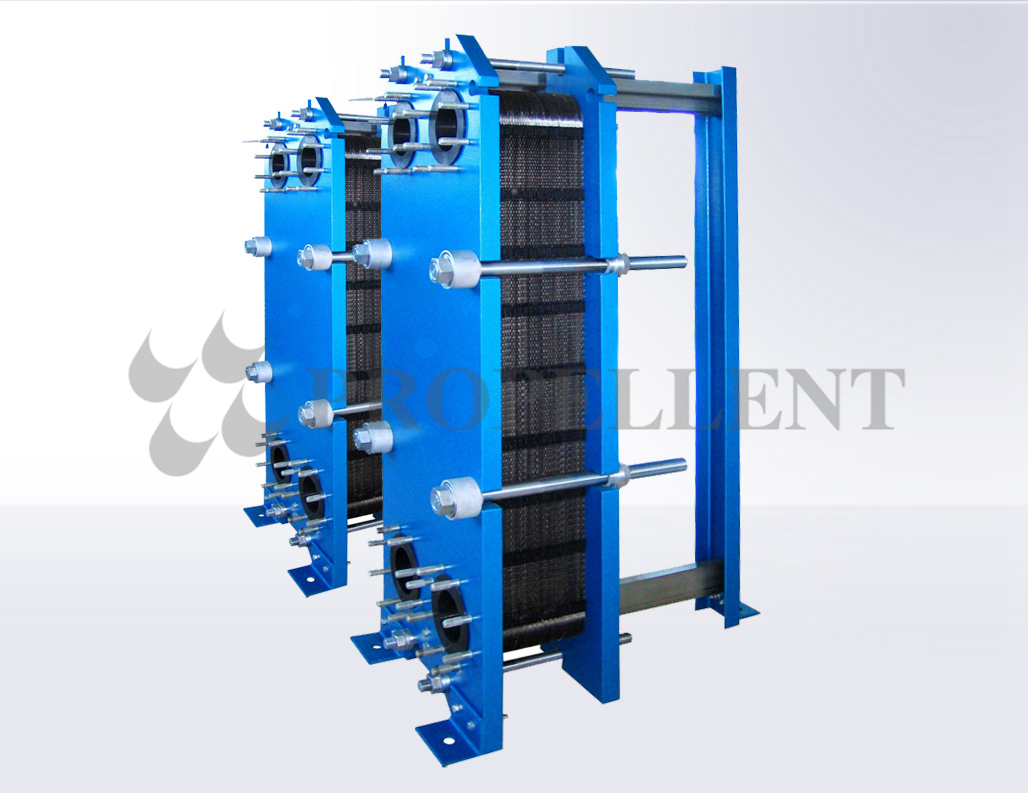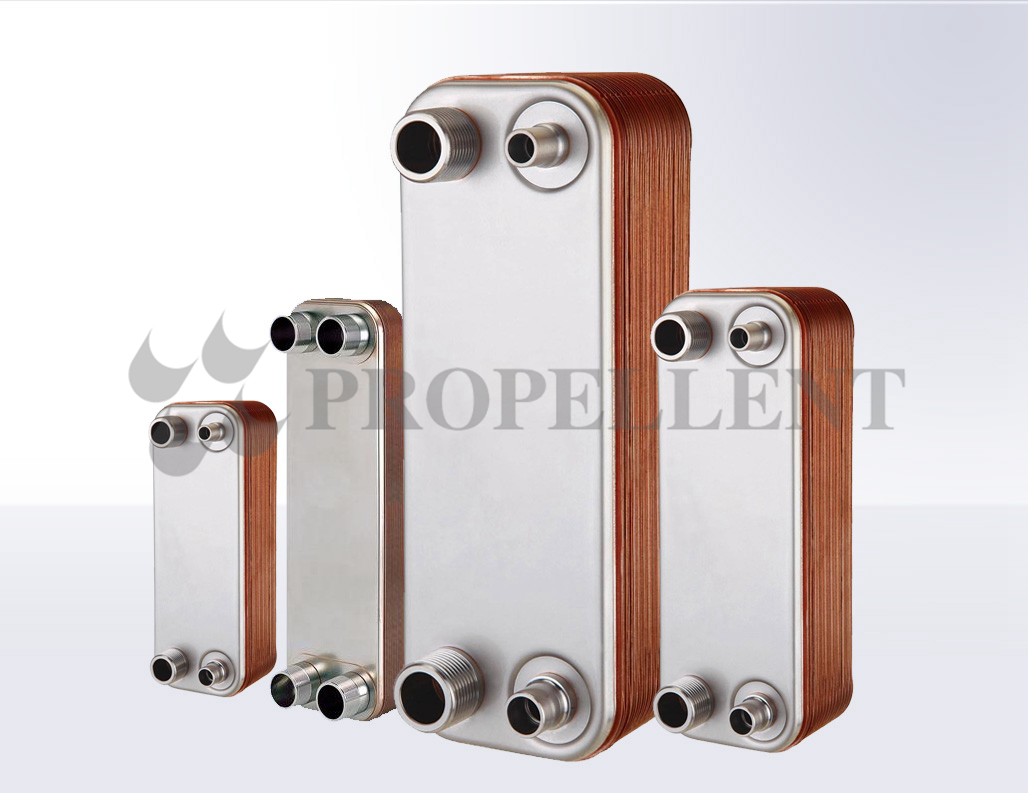News
Treatment methods for excessive pressure drop of heat exchanger
Reasons of excessive pressure drop for heat
exchanger
1. The running system pipeline is not
properly purged, especially in the newly installed system pipeline, many dirt
(such as welding slag) enters the interior of the plate heat exchanger. Because
the cross-sectional area of the plate heat exchanger is narrow, change
Precipitates and suspended solids in the heat accumulator accumulate at the
corner 孑L and in the diversion zone, resulting in a large reduction in the
flow path area there, causing a major loss of pressure at this location.
2. When the plate heat exchanger is
selected for the first time, the area is too small, causing the flow velocity
between the plates to be too high and the pressure drop to be large.
3. After the plate heat exchanger has been
running for a period of time, the pressure drop is too large due to fouling on
the surface of the plate.
Approach
1. Remove dirt or slab fouling in the heat
exchanger flow path. For newly operated systems, clean once a week according to
actual conditions. When cleaning the surface scale of the plate (mainly CaCO.),
use a 0.3 sulfamic acid solution or a 0.8 nitric acid solution containing 0.3
urotropin, 0.2 aniline, 0.1 potassium thiocyanate as the cleaning solution, and
the cleaning temperature is 40-60 ° C. . When disassembling the equipment for
chemical immersion cleaning, open the heat exchanger inlet and outlet of the
heat exchanger, or install the DN25 cleaning port on the medium inlet and
outlet nozzles when installing the equipment, inject the prepared cleaning
liquid into the equipment, and wash it with water after immersion. Clean the
residual acid to make the pH ≥ 7. When disassembling the cleaning, soak the plate in the cleaning
solution for 30 min, then use a soft brush to lightly rub the scale, and
finally clean it with water. Avoid damage to the plates and rubber pads during
the cleaning process. If the mechanical backwashing method is not disassembled,
a nozzle should be connected to the medium inlet and outlet pipes in advance,
the equipment should be connected to the mechanical cleaning vehicle, and the
cleaning liquid should be injected into the equipment in the opposite direction
of the medium flow. The cycle cleaning time is 10-15 min. The medium flow rate
is controlled at 0.05 to 0.15 m/s. Finally, recycle with water several times to
control the mass concentration of Cl in the water below 25 mg/I.
2. It is better to use soft water after
softening treatment for the secondary circulating water. Generally, the mass
concentration of suspended solids in water is not more than 5 mg/L, the impurity
diameter is not more than 3 mm, and pH is ≥ 7. When the water temperature is not more than 95 °C, the
concentration of Ca and Mg should be no more than 2 mmol/L; when the water
temperature is greater than 95|C, the concentration of Ca and Mg should be no
more than 0.3 mmol/L, and the concentration of dissolved oxygen should be no
more than 0.1 mg/L. L.
3. For the central heating system, a method
of replenishing water to the secondary can be used once.



